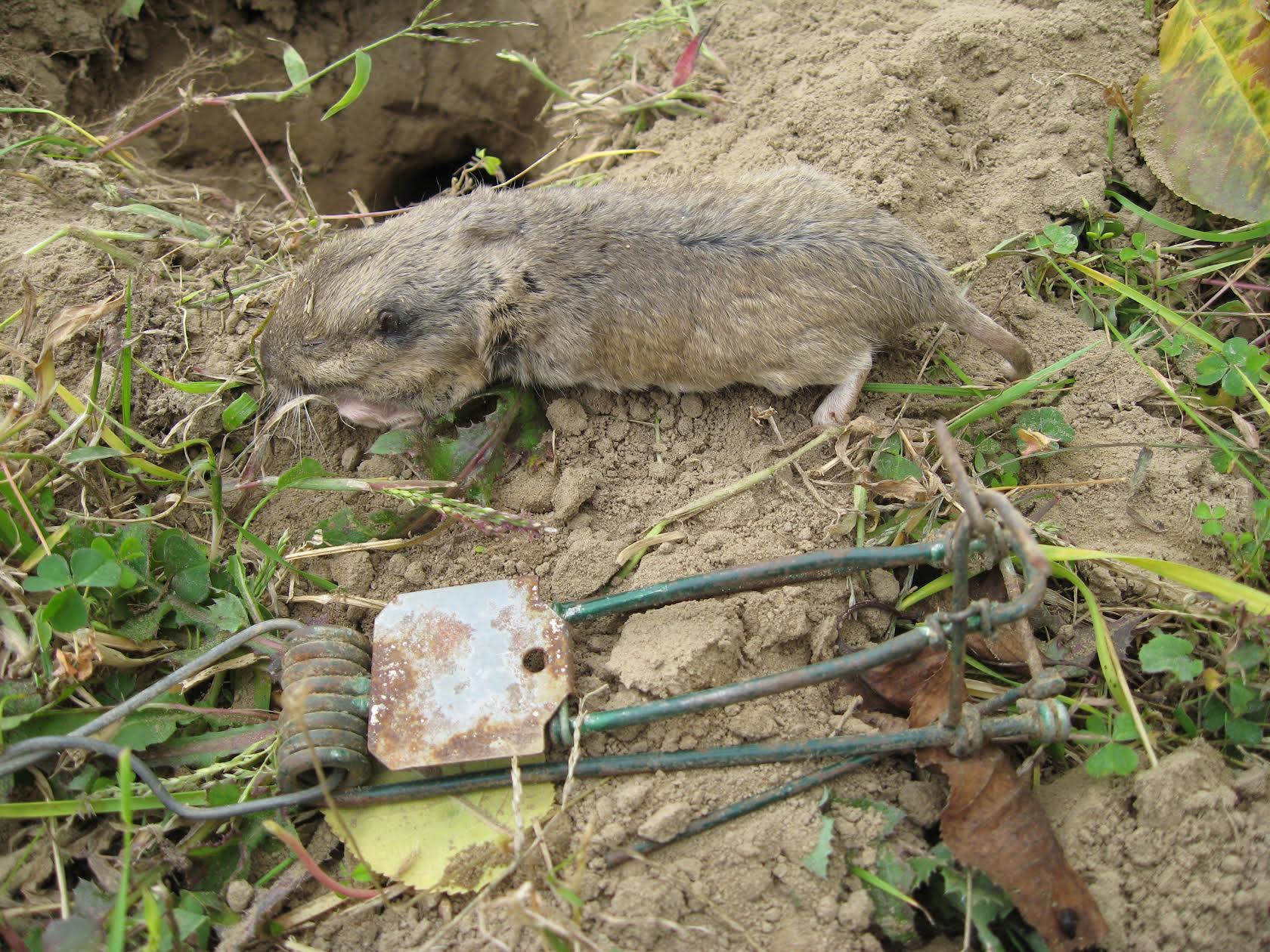
Damage caused by invasions of pocket gophers in tree nut orchards can cause losses in the 5% to 6% range annually.
Roger Baldwin, UCCE specialist, said in a UCANR webinar that it takes an integrated approach to achieve control of this vertebrate pest.
Pocket gophers are burrowing animals that are rarely seen, but can inflict damage to tree roots, girdle tree trunks, cause water channeling and erosion and cause hazards to orchard equipment.
Combinations of control methods can include baits, trapping and even biocontrol with predators.
“There are variables, but you have to match the tools,” Baldwin said.
There are five species of pocket gophers in California. Botta’s pocket gopher is the most common. Depending on the species, pocket gophers are 6 to 10 inches long, including the short tail. Pocket gopher mounds in an orchard are a sign this pest has moved in. The mounds are formed as they dig tunnels and push loose dirt to the surface. One gopher can create several mounds in a day. Mound building is most pronounced during winter or spring when the soil is moist.
Poison baits and trapping are the two most logical controls for large-scale operations. Exclusion is generally not practical for large scale operations. Work is being done on repellants delivered in drip lines, but Baldwin said more work is needed.
Barn owls, a predator of pocket gophers, can consume high numbers of the pest annually and could be part of a control program. Baldwin noted that placing owl boxes in an orchard to attract owls is not likely to substantially reduce gopher populations.
Fumigants can work in high soil moisture conditions, but there are restrictions in use.
Habitat destruction is one method that can be implemented as part of a control plan. If burrows are left after baiting or trapping success, Baldwin said that may allow for a re-invasion. Mechanically destroying burrow systems may be impractical in a young orchard but is possible in a replant situation.
When cover crops are being grown in an orchard, Baldwin said that pocket gophers are attracted to nitrogen-fixing plants like legumes. Choosing a cover crop mix that is not heavy on legumes when pocket gophers are present is advised.
The Gophinator trap remains the most effective trap. These traps are placed inside a burrow system and left uncovered. First generation anti-coagulants used with a bait dispenser and burrow builder is efficient, but Baldwin noted that it is important to make sure the bait is being deposited in the burrow.
“This is a good first step in control,” he said.










